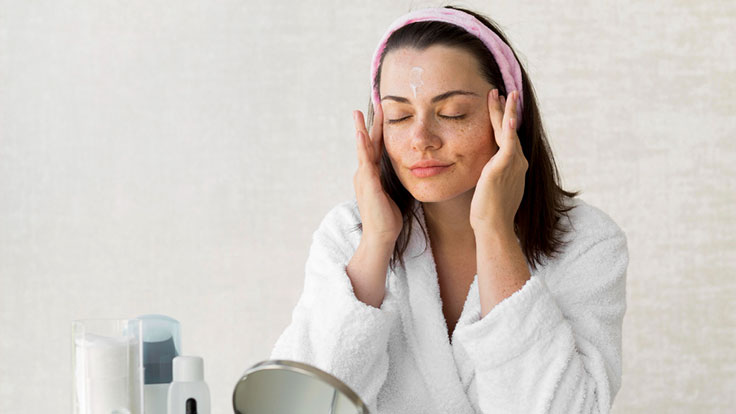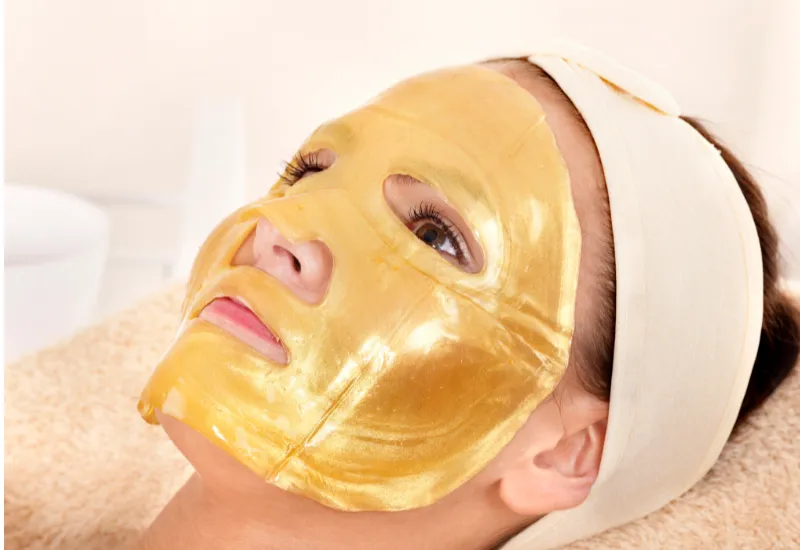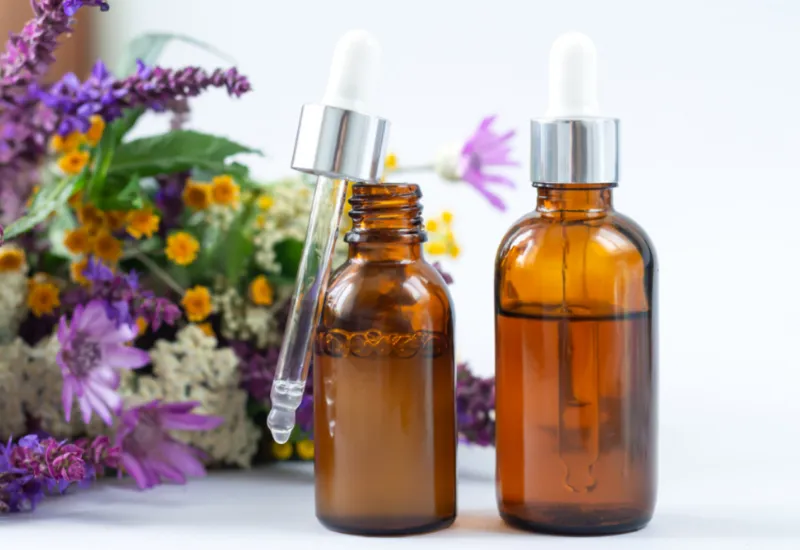Quick Links
For Patients
For Physicians
- Refer a patient to a specialist
- Order labs for patients
- Order radiology for patients
- Order At-Home Services
- Get your practice listed
For Companies

© Copyright 2024 American TelePhysicians. All rights reserved.








Xerosis is the medical term for the condition commonly known as dry skin. In most cases, it affects the outermost layer of your body, that is, skin, but may involve other outer membranes, such as the conjunctiva of your eyes. It often occurs during cold and dry weather. The low temperature and humidity in the atmosphere lead to excessive dryness and cracking of your skin. It can be associated with other medical factors as well. Xerosis occurs as an expected outcome of aging as well. As the skin cells grow older and lose their capability to retain moisture or produce oils, dry and cracked skin occurs along with fine lines and wrinkles. If necessary, aging-related xerosis can only be managed with long-term care and supportive treatment.